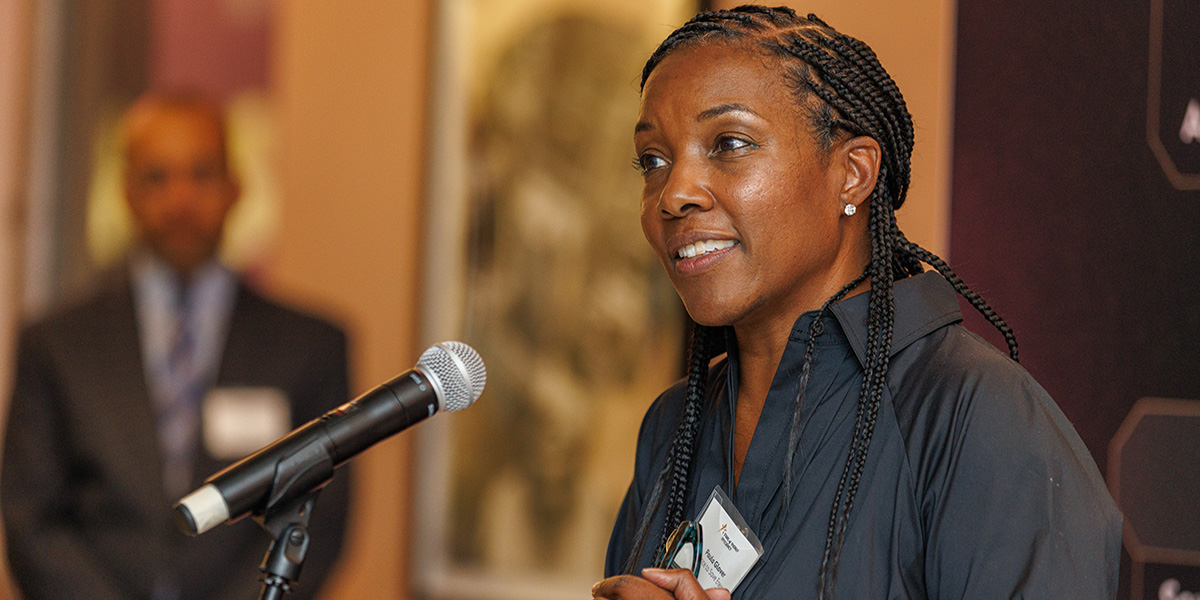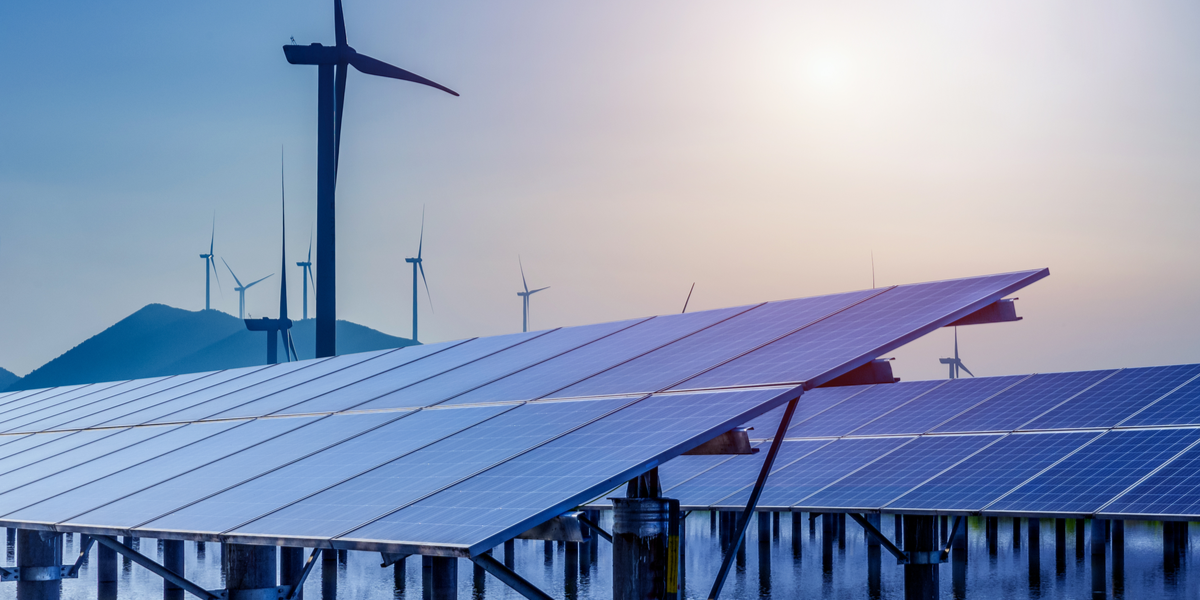The World Series of Energy Efficiency
Let's Save Energy
Alliance to Save Energy's Blog
The World Series of Energy Efficiency

The biggest stage for our nation’s favorite pastime is the World Series, and as fans tune in to watch the San Francisco Giants and Kansas City Royals fight for the honor to raise the Commissioner’s Trophy, we think it's an excellent time to consider how these two teams, and their respective cities, have embraced energy efficiency.
San Francisco
 The Giants and AT&T Park have been at the forefront of energy efficiency and sustainability in the baseball world. The park benefits from being one of the League's newest stadiums, but even so, it underwent a significant renovation in 2007, only 7 years after opening. The list of improvements included replacing all incandescent light bulbs with more efficient compact fluorescent lamps (CFLs), installing motion sensors to limit wasted electricity and installing a new scoreboard that uses 78% less energy than its predecessor. AT&T Park also installed the first solar power system, a 122 kW system that eliminates 360,000 pounds of greenhouse gas emissions each year, at a major league ballpark. Furthermore, improvements made during this renovation helped AT&T Park the first MLB Stadium to receive LEED Silver Certification for the category of Existing Buildings, Operations and Maintenance in 2010.
The Giants and AT&T Park have been at the forefront of energy efficiency and sustainability in the baseball world. The park benefits from being one of the League's newest stadiums, but even so, it underwent a significant renovation in 2007, only 7 years after opening. The list of improvements included replacing all incandescent light bulbs with more efficient compact fluorescent lamps (CFLs), installing motion sensors to limit wasted electricity and installing a new scoreboard that uses 78% less energy than its predecessor. AT&T Park also installed the first solar power system, a 122 kW system that eliminates 360,000 pounds of greenhouse gas emissions each year, at a major league ballpark. Furthermore, improvements made during this renovation helped AT&T Park the first MLB Stadium to receive LEED Silver Certification for the category of Existing Buildings, Operations and Maintenance in 2010.
San Francisco is widely recognized as an environmentally conscious community, as it embraces opportunities offered by energy efficiency to help reduce energy consumption and emissions. SFEnvironment, a department of the city and county of San Francisco, offers many services, like free energy assessments and rebates for energy efficient products, that have helped 6,500 commercial properties save an average of $4,300 on annual utility bills. These energy savings have also led to a reduction of 56,500 metric tons of greenhouse gas emissions, which is the equivalent emissions from 9,000 cars over an entire year. The San Francisco Public Utilities Commission recently outlined plans to replace city-owned streetlight fixtures, 18,500 of them in total, with new LED fixtures that will cut energy costs by 50% and will last 4 to 5 times longer than the old high pressure sodium street lights.
Kansas City
 Kauffman Stadium, home of the Kansas City Royals, has made several improvements over the last few years to become more energy efficient and sustainable. By replacing 18 water pumps, the stadium will save between $50,000 and $65,000 each year. In 2012, prior to hosting the 2012 All Star Game, a 28.8 kW solar system was installed that has the capacity to generate 36,000 kWh each year, which will help reduce overall energy costs. Other improvements include paperless ticketing for season ticket holders to cut down on waste, the diversion of unused food to local food banks and collecting food waste for composting instead of sending it to a landfill.
Kauffman Stadium, home of the Kansas City Royals, has made several improvements over the last few years to become more energy efficient and sustainable. By replacing 18 water pumps, the stadium will save between $50,000 and $65,000 each year. In 2012, prior to hosting the 2012 All Star Game, a 28.8 kW solar system was installed that has the capacity to generate 36,000 kWh each year, which will help reduce overall energy costs. Other improvements include paperless ticketing for season ticket holders to cut down on waste, the diversion of unused food to local food banks and collecting food waste for composting instead of sending it to a landfill.
Although the Midwest has typically lagged behind other areas of the country in embracing energy efficiency due to lower energy prices, Kansas City has recently made significant progress in incorporating energy efficiency throughout the city. Kansas City Power and Light (KCP&L), the primary utility company for the Kansas City area, received heavy criticism in 2012 when it decided to cancel all of its energy efficiency programs. However, after reconsidering the issue earlier this year, KCP&L started offerening the programs again. The utility recognized that investments in energy efficiency today will be very beneficial towards the management of long term energy demand. These programs are estimated to save enough energy to power nearly 5,000 homes by the end of 2015.
Kansas City was also chosen as 1 of 10 cities in the country to participate in the City Energy Project, a 3-year initiative set up by the Natural Resources Defense Council (NRDC) and the Institute for Market Transformation (IMT) to promote energy efficiency improvements in large commercial and institutional buildings. One of the main goals is to have 50 buildings achieve ENERGY STAR certification, and estimates show that if energy use can be reduced by just 5%, it will produce annual savings to ratepayers of $55 million by 2030.
Good Luck
These two teams have become the leaders of the baseball world and have capped off great seasons by reaching the World Series. We hope their time in the spotlight will inspire other baseball teams and their home cities to adapt efficiency measures as well.
STAY EMPOWERED
Help the Alliance advocate for policies to use energy more efficiently – supporting job creation, reduced emissions, and lower costs. Contact your member of Congress.
Energy efficiency is smart, nonpartisan, and practical. So are we. Our strength comes from an unparalleled group of Alliance Associates working collaboratively under the Alliance umbrella to pave the way for energy efficiency gains.
The power of efficiency is in your hands. Supporting the Alliance means supporting a vision for using energy more productively to achieve economic growth, a cleaner environment, and greater energy security, affordability, and reliability.



